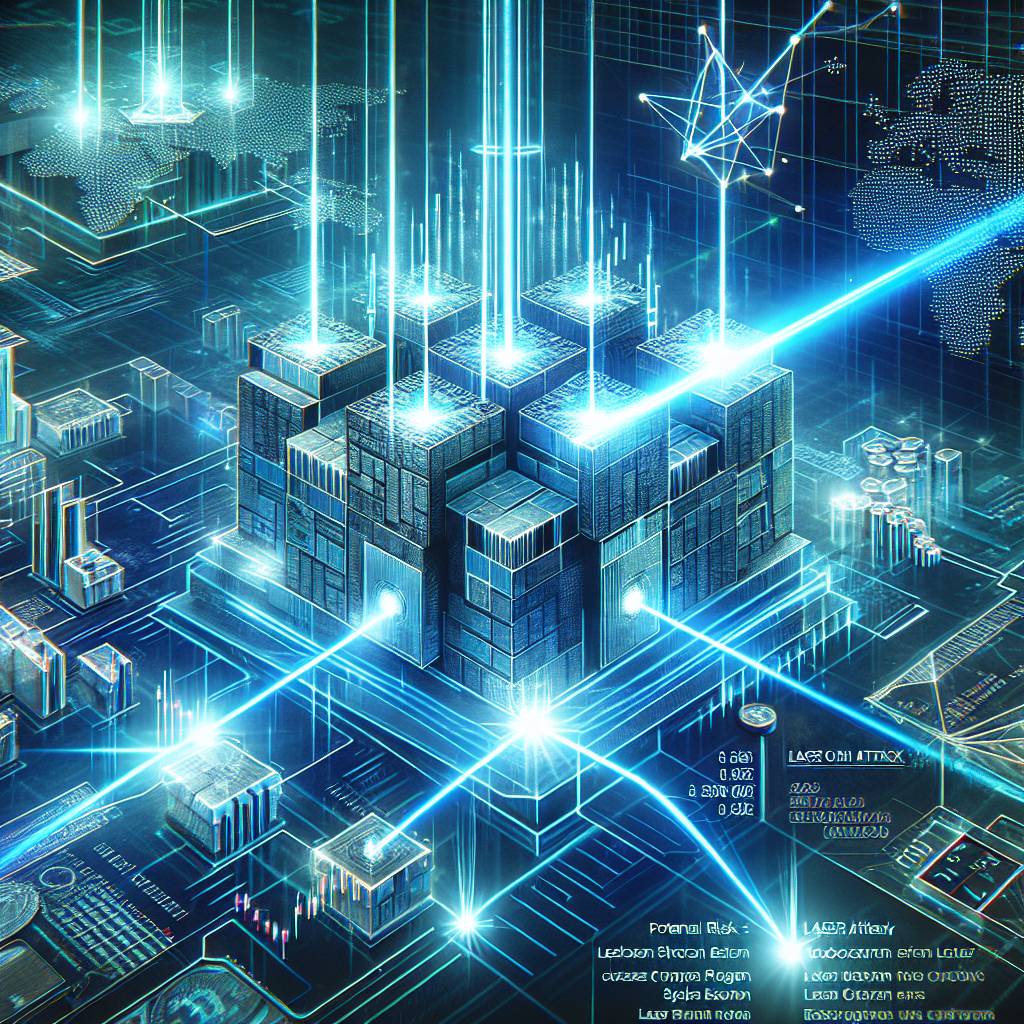What are the potential risks and challenges of implementing a layer 2 blockchain in the digital currency ecosystem?
What are the potential risks and challenges that may arise when implementing a layer 2 blockchain in the digital currency ecosystem? How can these risks impact the overall functionality and security of the system?

5 answers
- Implementing a layer 2 blockchain in the digital currency ecosystem can introduce various risks and challenges. One potential risk is the possibility of security vulnerabilities in the layer 2 protocol, which could lead to unauthorized access or manipulation of funds. Additionally, scalability could become a challenge as the number of transactions increases, potentially causing delays or congestion in the network. It is crucial to thoroughly test and audit the layer 2 solution to mitigate these risks and ensure the security and efficiency of the system.
 Dec 26, 2021 · 3 years ago
Dec 26, 2021 · 3 years ago - When it comes to implementing a layer 2 blockchain in the digital currency ecosystem, there are several challenges that need to be considered. One of the main challenges is the interoperability with existing blockchain networks. Ensuring seamless communication and compatibility between layer 2 and layer 1 blockchains can be complex and require careful coordination. Another challenge is the potential for centralization, as some layer 2 solutions may rely on trusted intermediaries. This can raise concerns about decentralization and trustlessness, which are fundamental principles of blockchain technology.
 Dec 26, 2021 · 3 years ago
Dec 26, 2021 · 3 years ago - As an expert in the digital currency ecosystem, I can say that implementing a layer 2 blockchain brings both risks and opportunities. While there are potential risks such as security vulnerabilities and scalability challenges, layer 2 solutions also offer the possibility of enhancing transaction speed and reducing fees. By leveraging off-chain transactions and smart contracts, layer 2 blockchains can significantly improve the overall user experience. However, it is essential to carefully evaluate and address the risks involved to ensure the long-term success and adoption of layer 2 solutions.
 Dec 26, 2021 · 3 years ago
Dec 26, 2021 · 3 years ago - Implementing a layer 2 blockchain in the digital currency ecosystem can be a game-changer for scalability and transaction speed. However, it's important to acknowledge the potential risks and challenges associated with this implementation. One of the risks is the reliance on centralized entities for off-chain transactions, which may contradict the decentralized nature of blockchain technology. Additionally, layer 2 solutions may require significant development and testing efforts to ensure compatibility and security. It's crucial to strike a balance between scalability and decentralization while addressing these challenges.
 Dec 26, 2021 · 3 years ago
Dec 26, 2021 · 3 years ago - When considering the implementation of a layer 2 blockchain in the digital currency ecosystem, it's important to be aware of the potential risks and challenges. Scalability is a significant concern, as layer 2 solutions aim to handle a large number of transactions off-chain. However, ensuring the security and integrity of these off-chain transactions can be challenging. It's crucial to implement robust security measures and conduct thorough audits to mitigate the risks associated with layer 2 solutions. Additionally, addressing the interoperability with existing blockchain networks is essential to ensure seamless integration and compatibility.
 Dec 26, 2021 · 3 years ago
Dec 26, 2021 · 3 years ago
Related Tags
Hot Questions
- 93
How does cryptocurrency affect my tax return?
- 88
How can I minimize my tax liability when dealing with cryptocurrencies?
- 83
How can I buy Bitcoin with a credit card?
- 80
How can I protect my digital assets from hackers?
- 72
What is the future of blockchain technology?
- 63
What are the tax implications of using cryptocurrency?
- 34
Are there any special tax rules for crypto investors?
- 18
What are the best digital currencies to invest in right now?
